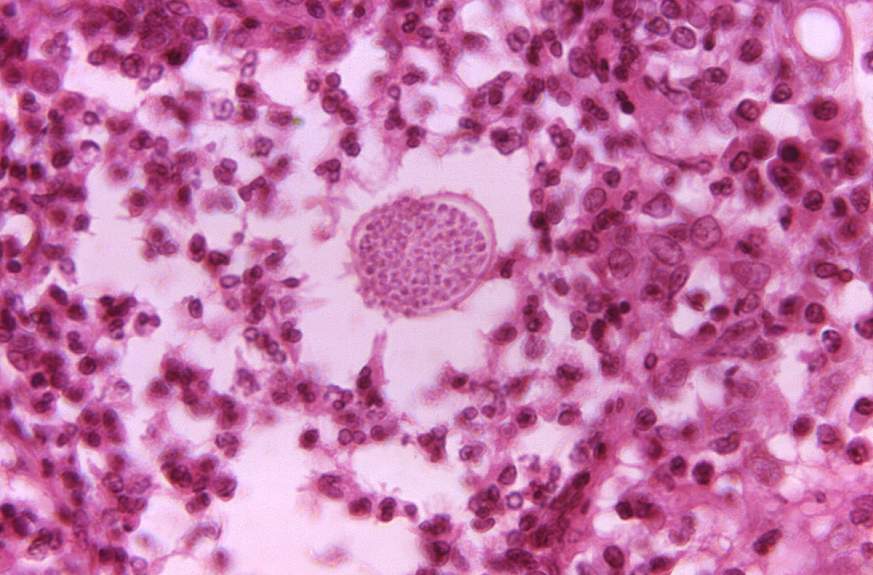From the CO2Science.org archive: Setting the stage for reporting on their study, Williams et al. (2014) write that “two point five billion people globally are at risk of dengue virus (DENV) infection, transmitted by Aedes mosquitoes mostly in urban and peri-urban areas,” further noting that “approximately 50 million DENV infections occur annually, with a disease burden of around 1300 disability-adjusted life years,” citing Guzman et al. (2010). And in light of these most unfortunate facts, they decided to see what they could learn about the potential for changes in DENV infection in a future and possibly-warmer world.
Paper reviewed: Williams, C.R., Mincham, G., Ritchie, S.A., Viennet, E. and Harley, D. 2014. Bionomic response of Aedes aegypti to two future climate change scenarios in far north Queensland, Australia: implications for dengue outbreaks. Parasites & Vectors 7: 10.1186/1756-3305-7-447.
Using a dynamic life table simulation model and statistically downscaled daily values for future climate, the five researchers “assessed climate change induced changes to mosquito bionomics” - focusing on “female mosquito abundance, wet weight, and the extrinsic incubation period for dengue virus in these mosquitoes” - based on simulations of Ae. aegypti populations for current (1991-2011) and future (2046-2065) climate conditions for the city of Cairns, Queensland (which has historically experienced the most dengue virus transmission in all of Australia), as derived from the MPI ECHAM 5 climate model for IPCC-proposed B1 and A2 emission scenarios. And what did they find?
Their work revealed, as they inform us, that (1) “Aedes aegypti abundance is predicted to increase under the B1, but decrease under the A2, scenario,” and that (2) “mosquitoes are predicted to have a smaller body mass in a future climate.”
In commenting on these findings, Williams et al. say “it is therefore unclear whether dengue risk would increase or decrease in tropical Australia with climate change.” And they thus conclude that their findings “challenge the prevailing view that a future, warmer climate will lead to larger mosquito populations and a definite increase in dengue transmission.” Clearly, such is by no means assured.
Reference
Guzman, M.G., Halstead, S.B., Artsob, H., Buchy, P., Farrar, J., Gubler, D.J. and Peeling, R.W. 2010. Dengue: a continuing global threat. Nature Reviews Microbiology 8: S7-S16.


